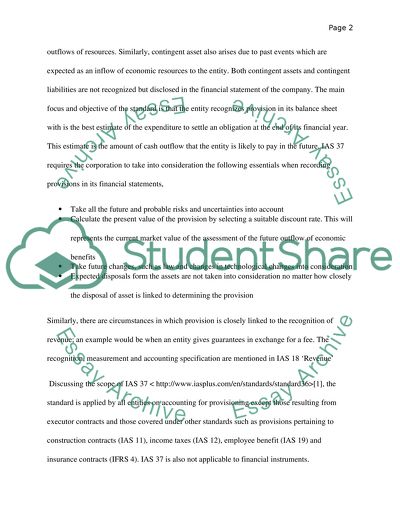Cite this document
(“The Relevant International Accounting Standard (IASB) Assignment”, n.d.)
The Relevant International Accounting Standard (IASB) Assignment. Retrieved from https://studentshare.org/finance-accounting/1447081-choose-one-of-the-topics-required
The Relevant International Accounting Standard (IASB) Assignment. Retrieved from https://studentshare.org/finance-accounting/1447081-choose-one-of-the-topics-required
(The Relevant International Accounting Standard (IASB) Assignment)
The Relevant International Accounting Standard (IASB) Assignment. https://studentshare.org/finance-accounting/1447081-choose-one-of-the-topics-required.
The Relevant International Accounting Standard (IASB) Assignment. https://studentshare.org/finance-accounting/1447081-choose-one-of-the-topics-required.
“The Relevant International Accounting Standard (IASB) Assignment”, n.d. https://studentshare.org/finance-accounting/1447081-choose-one-of-the-topics-required.


